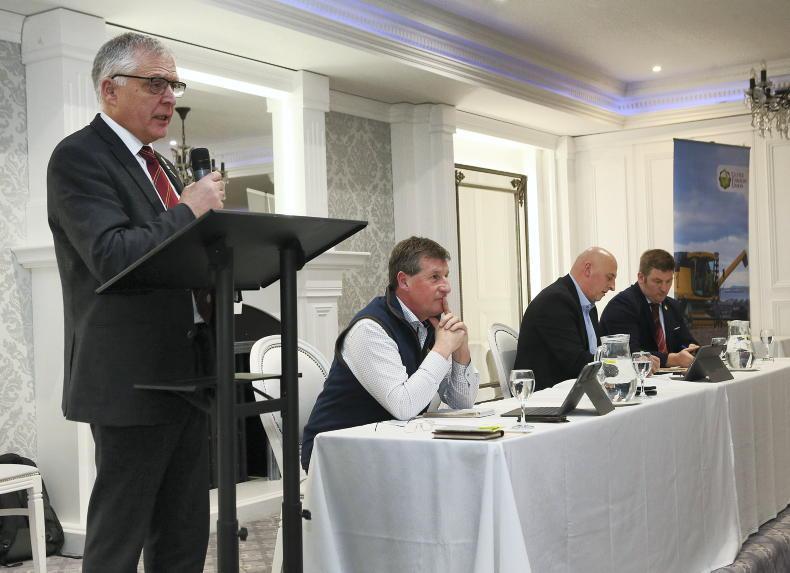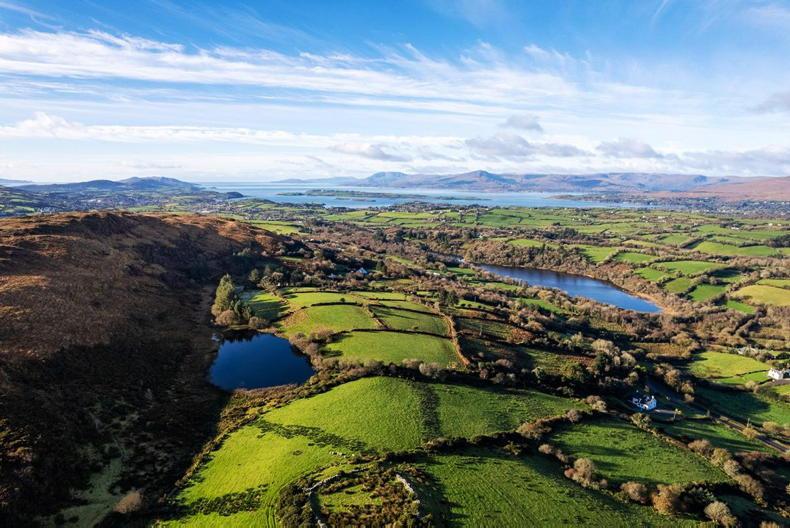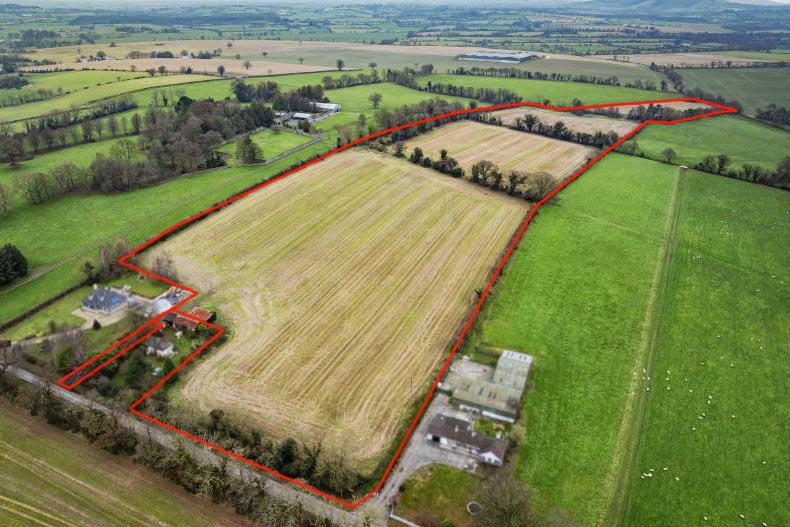A phrase often quoted in recent years amid all the pressure on farmers to do their bit for the environment, is that “you cannot be green if you are always in the red”.
In practice, it means if you are continually expected to produce milk, meat or grain at, or below, costs of production, then you have to farm efficiently and dedicate your time to whatever gives the best return. Planting new hedgerows or trees, digging ponds or putting up nest boxes is unlikely to be far up your list of important jobs.
Perhaps this will all change with a new Farming With Nature package of measures being fully rolled out by DAERA in 2026, with the Department making it clear this replacement for the Environmental Farming Scheme will come with financial incentives for farmers.
But at the same time, these incentives will have to be pretty significant if they are to drive change on many farms. On the majority of farms, land is the limiting factor when it comes to being able to generate income. And with high conacre prices and land typically making over £20,000/acre, there is very little opportunity to secure more.
Given those pressures, many farmers have little option but to keep both inputs and outputs reasonably high and try to be as productive as possible across the limited land block they own.
However, it is important to recognise there is a growing number of farmers interested in so-called regenerative farming techniques, focusing principally on soil health and minimising inputs of artificial fertiliser and concentrate feed.
These farmers should not be dismissed lightly – there is much we can all learn and potentially they are forerunners to what lies ahead.
But the fact remains – it is much easier to farm with minimal inputs if you own a large block of land and have a guaranteed good income from area payments.
Read more
Payments will not be phased out, says DAERA
Switching to low input sucklers
A phrase often quoted in recent years amid all the pressure on farmers to do their bit for the environment, is that “you cannot be green if you are always in the red”.
In practice, it means if you are continually expected to produce milk, meat or grain at, or below, costs of production, then you have to farm efficiently and dedicate your time to whatever gives the best return. Planting new hedgerows or trees, digging ponds or putting up nest boxes is unlikely to be far up your list of important jobs.
Perhaps this will all change with a new Farming With Nature package of measures being fully rolled out by DAERA in 2026, with the Department making it clear this replacement for the Environmental Farming Scheme will come with financial incentives for farmers.
But at the same time, these incentives will have to be pretty significant if they are to drive change on many farms. On the majority of farms, land is the limiting factor when it comes to being able to generate income. And with high conacre prices and land typically making over £20,000/acre, there is very little opportunity to secure more.
Given those pressures, many farmers have little option but to keep both inputs and outputs reasonably high and try to be as productive as possible across the limited land block they own.
However, it is important to recognise there is a growing number of farmers interested in so-called regenerative farming techniques, focusing principally on soil health and minimising inputs of artificial fertiliser and concentrate feed.
These farmers should not be dismissed lightly – there is much we can all learn and potentially they are forerunners to what lies ahead.
But the fact remains – it is much easier to farm with minimal inputs if you own a large block of land and have a guaranteed good income from area payments.
Read more
Payments will not be phased out, says DAERA
Switching to low input sucklers










SHARING OPTIONS